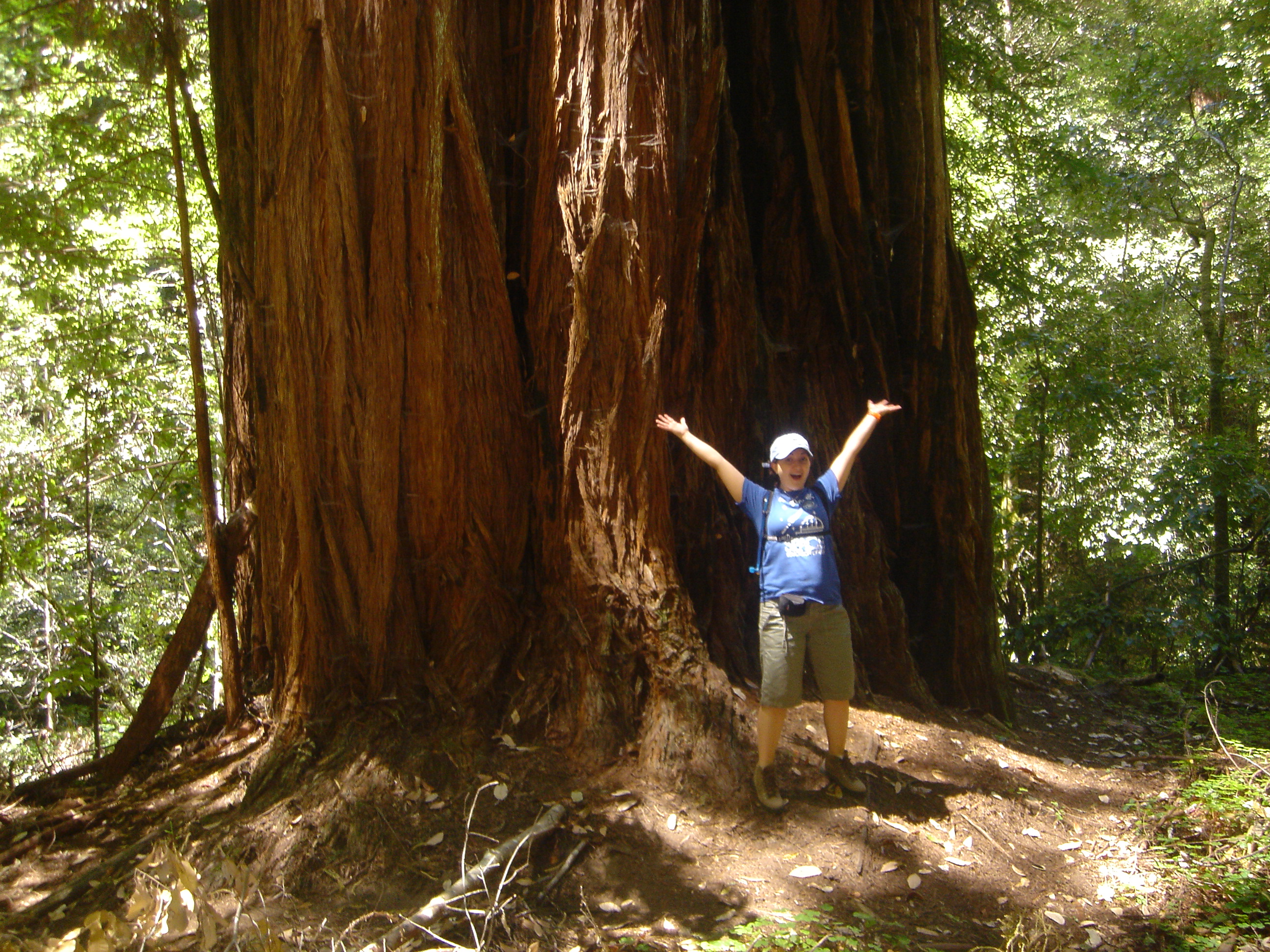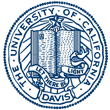
This REU program was funded through NSF PHY-0243904.
Lick Observatory
The first field trip is generally on the first Saturday of the program. This year it was a private tour of Lick Observatory on Mount Hamilton. We saw several of the telescopes, heard about the history of the observatory and the research now done there, and finished with a viewing through what was once the largest refracting telescope in the world. Afterwards we drove down the mountain in the dark, along one of the windiest roads anywhere, encountering assorted animals (turkey, fox, deer) on the way. The photo at left shows a view from the observatory, including some parts of the road. The right photo shows the three-meter reflecting telescope. The mirror itself is in the base of the yellow support structure, covered by triangular brown flaps (barely visible in the picture) for protection. When the telescope is in use the flaps lift up to expose the mirror.

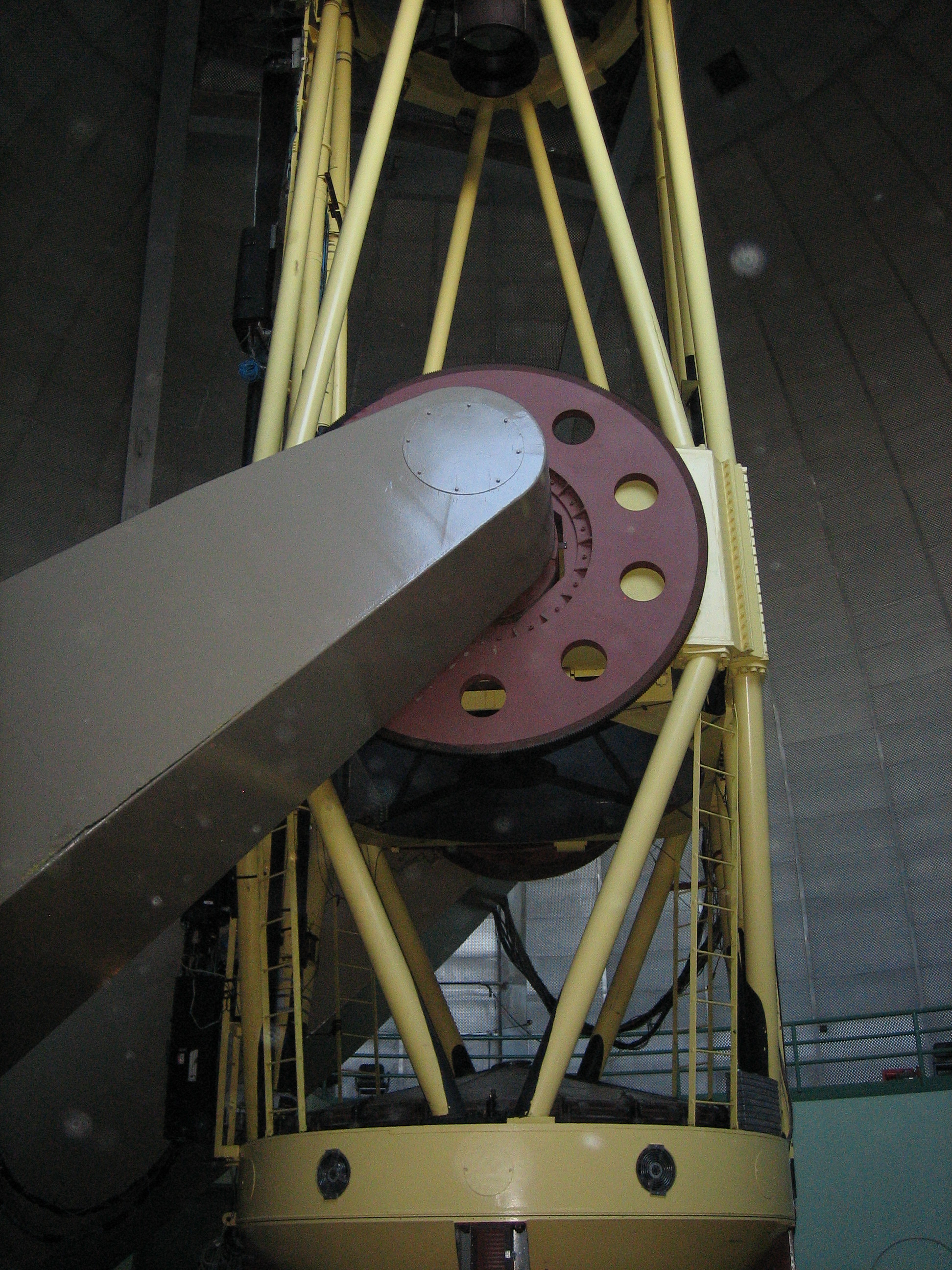
Kiff Analytical
This environmental testing company in Davis was founded by a former UC Davis physics major, Joel Kiff. We visited the facilities and learned about typical situations requiring water analysis, and also about the procedures used in the tests. Afterwards Joel discussed his career, explaining why he enjoyed working at small technical companies and how his physics background had ultimately led to Kiff Analytical.IBM Almaden Research Center
Research at IBM's several centers worldwide has not always focused purely on the company's immediate technical needs. IBM scientists won Nobel prizes for both the scanning tunneling microscope and high-temperature superconductors, for example. We visited the Almaden center near San Jose. We heard an overview of the center's history and then saw several of the current research labs. The contrast in scale with Kiff Analytical was striking!Lake Tahoe

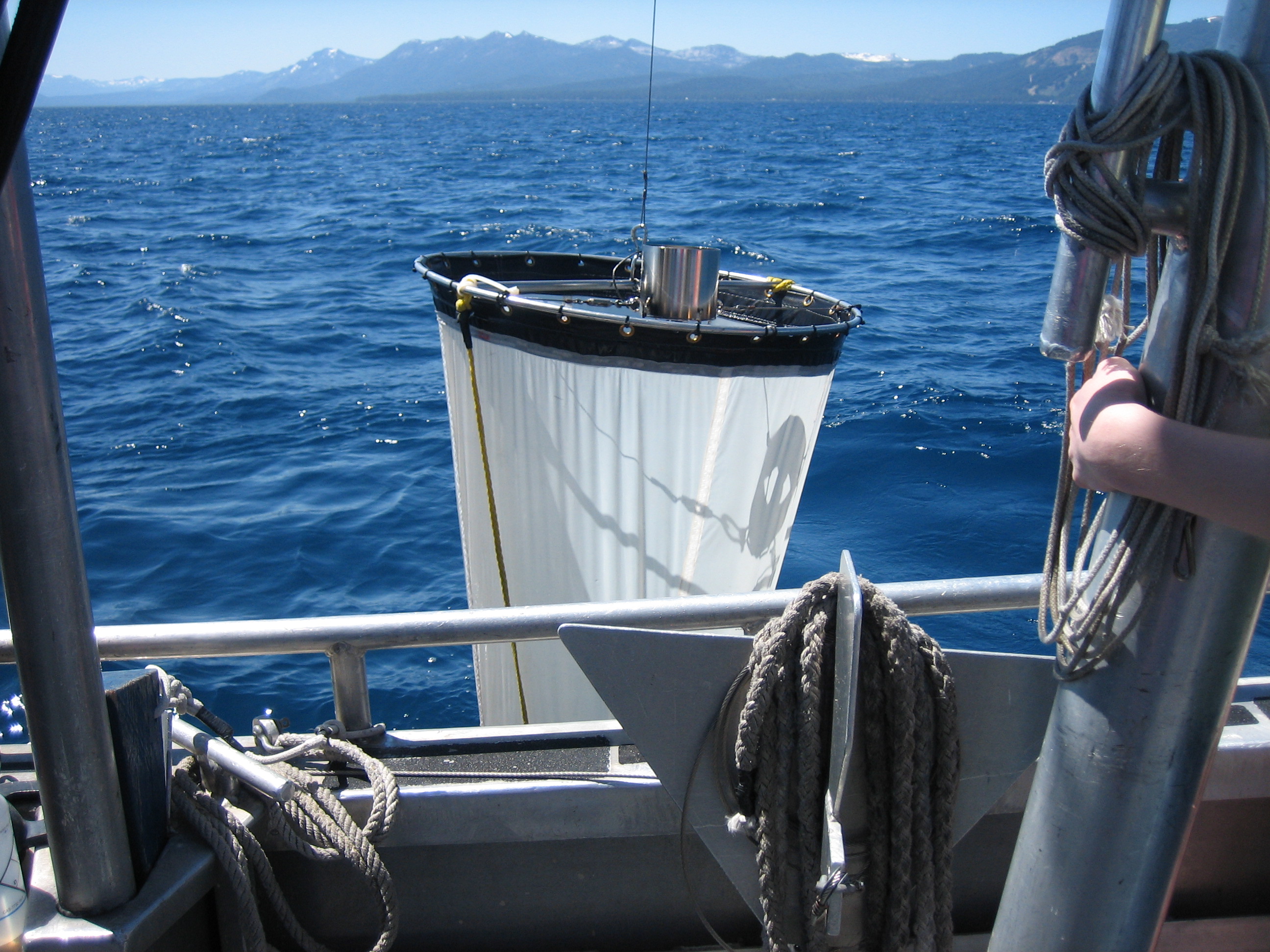
The always-popular overnight at Lake Tahoe made its third appearance. In 2006 it began with a trip on the UC Davis Tahoe Environmental Research Center's research boat, where we learned about lake clarity, why NASA uses the lake for calibrating temperatures, and the potential for disaster if part of the lake's bottom should collapse. The rest of the weekend was filled with hiking, ice skating at Squaw Valley's former Olympic rink (reached by gondola, left picture), horseback riding, swimming, biking, and movies.
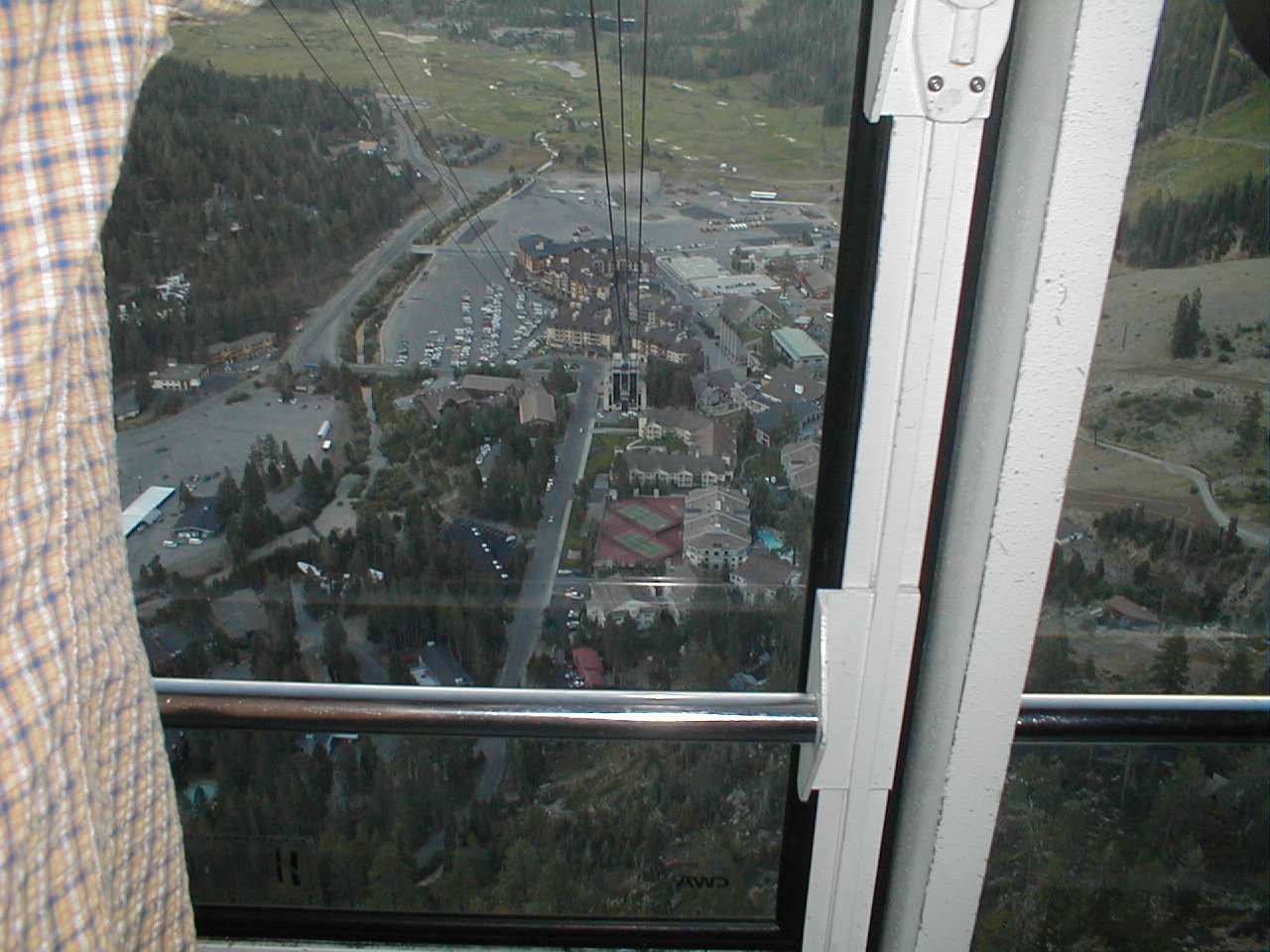

Stanford Linear Accelerator Center/Big Basin Redwoods State Park
The Stanford Linear Accelerator has been an important tool for particle physicists for forty years. Measurements there resulted in the discoveries of charmonium and the tau lepton, and were key to understanding that nucleons are composed of quarks. Our 2-hour private tour covered the history, design, and physics discoveries of the center. We saw both the equipment in the mile-long building directly above the accelerator tunnel (left) and an actual, no-longer-used tunnel (right). The tunnel for the running accelerator was, of course, off-limits.


